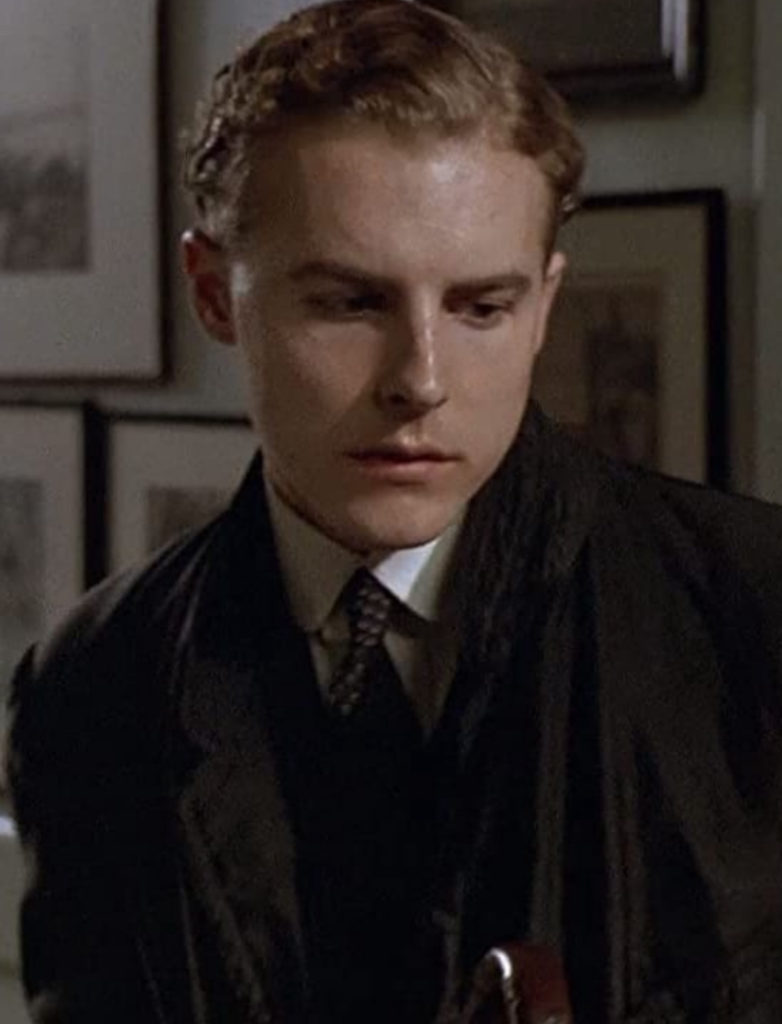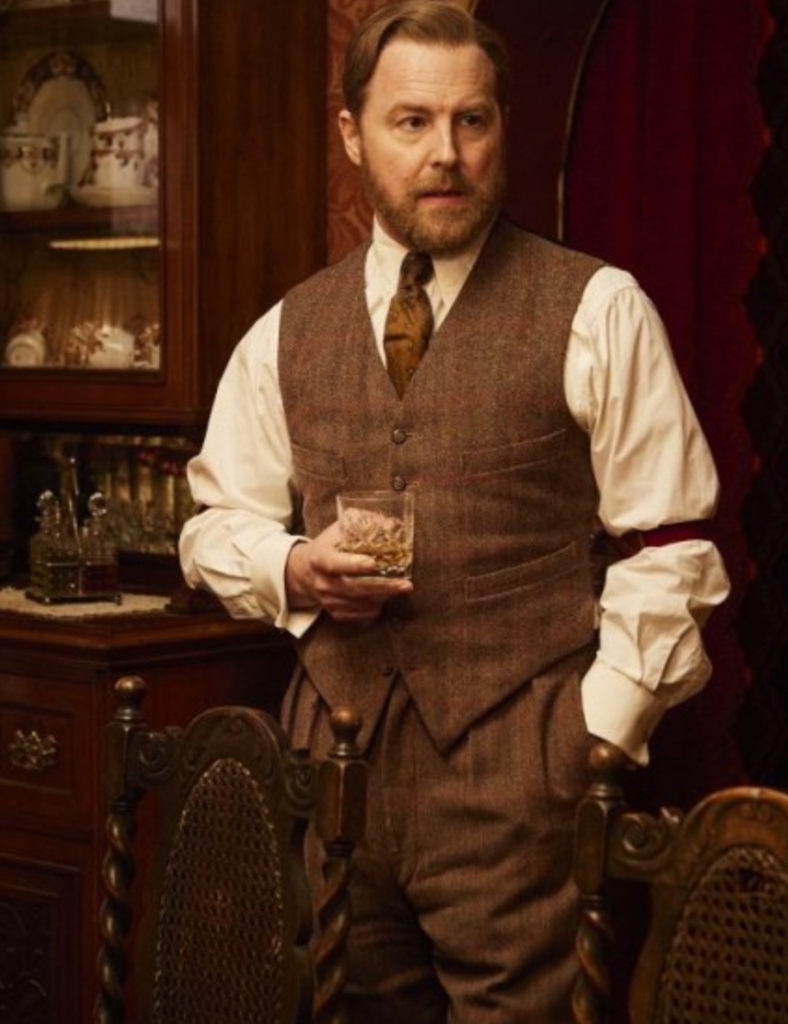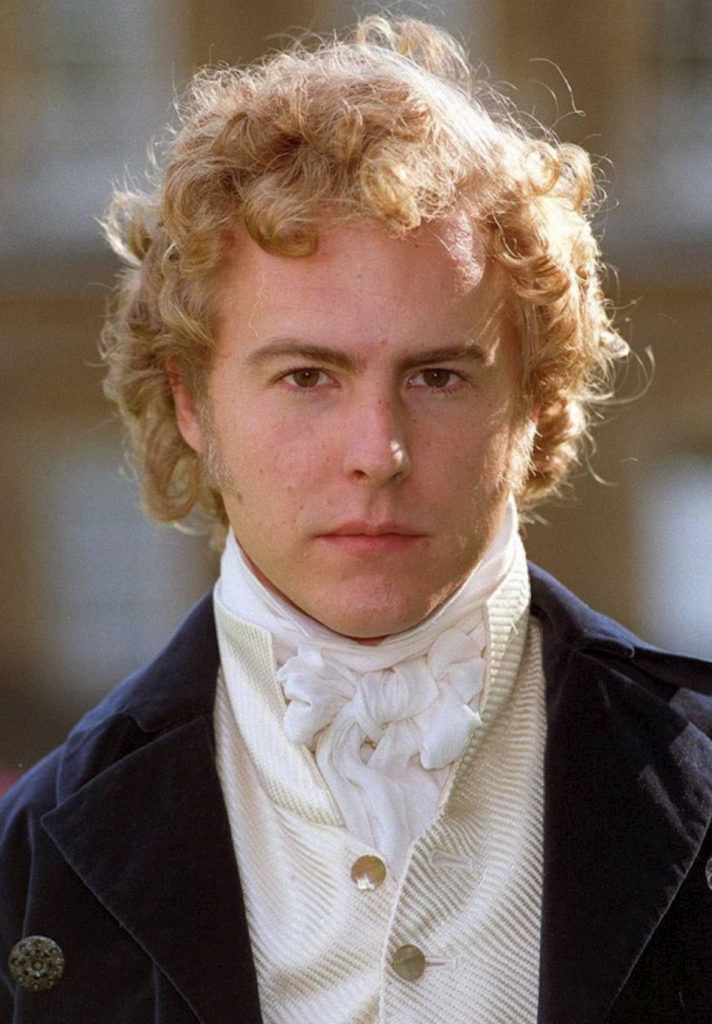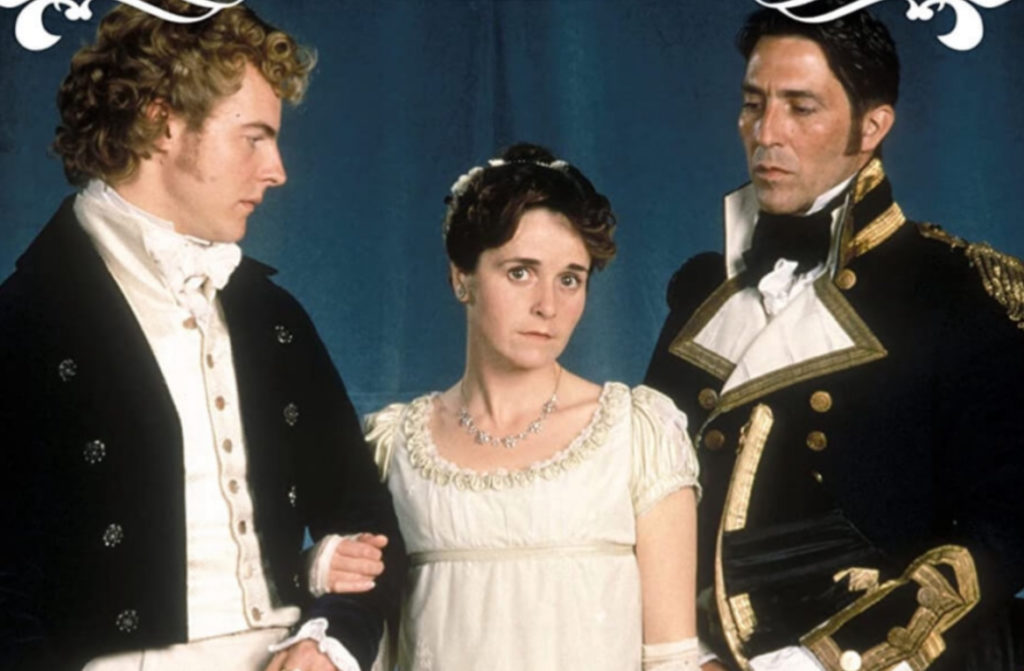As we move ever closer to winter, let’s revisit my fall wish list and take stock of how my plans panned out, and what new ones might be shaping up. I’ve been a very busy bee thrifter this fall, and my closet stands proof – and also stands in need of some editing, but that’s a blog post for another day. I’ve added some fabulous (mostly vintage) pieces that have brought lots of small joy into my daily life, in a season that has otherwise lacked much cheer. Some of those pieces came straight off my wish list, others were gifts from the thrift gods that were too good to be refused. You’ve seen most of them in my weekly outfit roundups, because I won’t let a good garment go unworn too long if I can help it. Some things I’ve been buying with an eye to the future as well as the present, because good quality is getting harder and harder to find, and classic staple pieces – wool sweaters and jackets, base layers, leather shoes and accessories, etc. – are unlikely to go to waste. Not to mention, I am buying for two. There is now a constant flow of clothing from my closet into my daughter’s, and it doesn’t look like it will be slowing down any time soon.
Here is what I’ve checked off my fall wish list so far:
I had initially picked out a pair of cap-toe low-heeled pumps on Poshmark, but had not yet pulled the trigger when I found this vintage pair (Storey’s, first time I’ve seen/heard of this brand) at the thrifts. They’re beige-and-black, not white-and-black as I originally had in mind, but otherwise exactly what I was looking for. The heel is high enough to give me a little lift, but not too high to be uncomfortable. This is a classic shoe style that pairs well with my aesthetic, and I expect to get lots of wear out of them next year.
I haven’t found an olive leather jacket (yet) but did score this awesome red Tommy Hilfiger one. It’s such a classic 90s style, I love it. I paid $35 for it, which thrift-expensive but a great deal nonetheless. Red is one of my fave colours at the moment; more on that later.
I found not one but two cropped chunky cardigans: one in ivory and one in black. The ivory one is Abercrombie & Fitch, and while I don’t love its quality, it has proven extremely versatile. I have worn it a bunch of times already, so I think it will be worth upgrading when the opportunity arises. The black cardigan is Banana Republic Factory, and slightly better quality so I think it should last me a good while.
This wasn’t technically on my fall wish list, but as it’s something that I’ve wanted for years and years, I think it’s worth including here. Vintage Club Monaco crest sweatshirts like this have been a hot commodity on the resale market for years now, which may explain why – despite searching the thrifts for the better part of the decade – I’ve never managed to find one ‘in the wild’. I finally gave up trying and took the plunge on a Poshmark listing that was reasonably priced. No regrets!
There are a few items on my fall wish list that I have not yet found: brown cowboy boots (still!), chunky platform Mary Janes, olive leather jacket, diamond tennis necklace. I’m rolling these forward because they remain pieces that I would like to have in my closet. In addition, there are a few other things I’m adding to the list – not specifically for winter as such, as they’re pieces I could wear year-round.
Deep red dress & cardigan
I am obsessed with a specific shade of red I find difficult to describe: cool-toned, saturated, rich. Darker than lipstick red, but a true red rather than burgundy or maroon. I would love to find a maxi dress in this colour, preferably in a long-column sheath style, as well as a cardigan – something cropped and chunky most likely, because that’s how I roll. A sleeveless turtleneck would be nice as well; I recently got a regular turtleneck in a slightly-lighter-than-ideal shade of red and am finding it a very versatile addition to the closet. In the past, I’ve mostly stuck to a warm-toned poppy red (which I still love), but this deep red is a great complement to the other colours I’ve been wearing a lot lately, like navy and brown.
Polka dot maxi skirt
Polka dots are not a pattern I’ve tended to wear a lot in the past, but I have been drawn lately to the idea of a flowy, swishy, polka dot maxi skirt – either dark navy or black background with tiny white dots. I think a small-scale pattern would look elegant rather than whimsical (which I want to avoid). I am hoping to find a vintage option that ticks off these boxes. I’ve found some listings on Poshmark that have promise, but as always, will look to my local thrift stores first.
Gold-tone huggie and knot earrings
A while back, I thrifted a pair of huggie earrings in a vintage gold-tone finish (which is warmer than typical yellow gold, I find, and suits me better) that I absolutely love. They’re classic and elegant, but simple and versatile enough to be an ‘everyday’ option. They’re perfect … except for one thing: they’re clip-on earrings, and they start to pinch after a couple of hours. I would love to find an identical – or at least very similar – regular pair. Along the same lines, I would love to find a pair of gold-tone knot earrings; another classic design that would work well for everyday wear. I’m looking for the Goldilocks version: not too large, not too small.
Calvin Klein vintage jeans
A couple of months ago, I thrifted a pair of vintage CK slim straight jeans and I have become obsessed with them. I want to find a similar pair in a slightly more relaxed fit and lighter wash. It’s giving “90s off-duty model” vibes. Well, a girl can dream, anyway. The silhouette works well with both long and/or oversized blazers, as well as boxy, cropped jackets. And we love versatility!
Kitten heel mules
Speaking of that 90s model vibe, a pair of 90s-style kitten heel mules would be fabulous to pair with jeans or column skirts/dresses. I’d settle for either a pointy toe or a tapered square toe, and I’m not too fussy about colour; black, brown, oxblood, or dark red would all be just dandy.
Navy bag
Currently, my only navy bag is a bucket style; it’s not as versatile as others in my closet, and I am not a huge fan of the stiff faux leather material. Since I’ve started wearing navy more frequently, I’m finding myself wishing that I had another option; something classic and chic, but easier to open and close. A navy-and-cream bag would also suit me very well, I think. Vintage Coach would be my first choice, but the current state of that particular resale market makes it an unlikely prospect – I don’t want to spend upwards of $200 on this bag. Another possibility would be a vintage Paloma Picasso bag. Her designs are fab and the quality is excellent, but being less well-known than Coach, prices are much more reasonable.
Having written it all down, it’s time to hope and wait to see if that whole manifesting business works … even a little bit. I’ll take every little bit I can 😉













